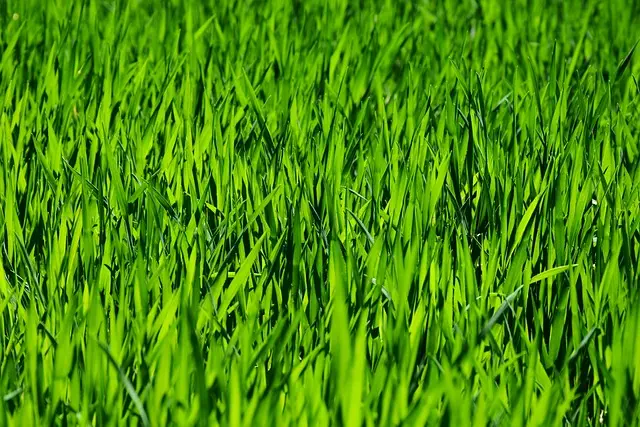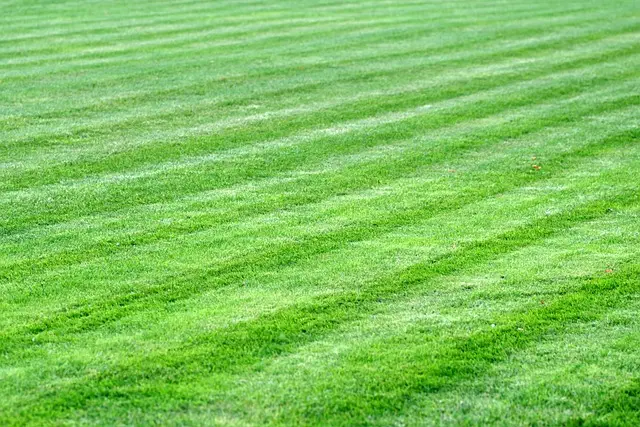Lawn Care and Landscaping professionals emphasize the importance of tree trimming and pruning for optimal tree health, structure, and aesthetic appeal. Timing is crucial, with each tree species having its ideal pruning period. Using proper tools, techniques, and safety gear minimizes damage. Experts offer advice on when to trim (during dormancy), what tools to use, and how to make clean cuts for faster healing. Regular pruning enhances tree strength and lawn beauty, preventing diseases and fostering robust growth. Professional landscapers ensure healthy trees and beautifully maintained outdoor spaces.
Tree trimming and pruning are essential practices in lawn care and landscaping, fostering healthier trees and enhancing outdoor aesthetics. This comprehensive guide delves into the art of tree maintenance, exploring its numerous benefits and best practices. We highlight the pivotal role professionals play in ensuring safe and effective tree services, offering expert advice tailored to various scenarios. Additionally, homeowners will discover practical tips for identifying when and how to trim their trees safely, contributing to a lush and well-maintained landscape.
- Understanding Tree Trimming and Pruning: Benefits and Best Practices
- The Role of Professionals in Lawn Care and Landscaping: Expertise in Tree Services
- Essential Tips for Homeowners: When and How to Trim Your Trees Safely
Understanding Tree Trimming and Pruning: Benefits and Best Practices

Tree trimming and pruning are essential components of lawn care and landscaping, offering numerous benefits for both the trees and your outdoor space. These practices involve selectively removing dead, diseased, or damaged branches to improve a tree’s health, structure, and overall appearance. Regular tree trimming encourages new growth, promotes better air and sunlight penetration, and helps prevent the spread of infections or pests.
When it comes to best practices, timing is crucial. Pruning should be done at the right period of the year for each tree species, as some thrive when pruned in late winter while others respond better during the growing season. Additionally, using the appropriate tools and techniques ensures clean cuts and minimizes damage. Professional landscapers or arborists can provide expert advice tailored to your lawn care and landscaping needs, ensuring healthy trees and a beautifully maintained outdoor area.
The Role of Professionals in Lawn Care and Landscaping: Expertise in Tree Services

In the realm of lawn care and landscaping, professionals play a pivotal role in enhancing outdoor spaces. Their expertise extends beyond mere upkeep; they are equipped to handle critical tasks like tree trimming and pruning, which are essential for maintaining the health and aesthetics of landscapes. These services are not merely about aesthetic improvements; proper trimming ensures trees receive adequate sunlight and air, promoting robust growth.
Professionals in lawn care and landscaping possess the skill and knowledge to identify different tree species, understanding their unique requirements. They employ precise techniques to trim branches, foster new growth, and prevent the spread of diseases or pests. Their work not only beautifies properties but also contributes to the longevity and safety of trees, making them indispensable in creating and maintaining lush, vibrant outdoor environments.
Essential Tips for Homeowners: When and How to Trim Your Trees Safely

Trimming your trees is an essential part of lawn care and landscaping, offering numerous benefits for both the health of your plants and the aesthetics of your outdoor space. However, it’s crucial to approach this task with care to avoid damaging the trees and ensuring a safe environment. The best time to trim is typically during late winter or early spring when the tree is dormant, as this reduces the risk of pest invasion and disease spread.
Before you start, gather the necessary tools, including sharp, clean pruning shears, loppers for thicker branches, and a sturdy ladder if required. Always wear protective gear like gloves and eye protection. When trimming, make cuts just outside the branch collar—the swollen area where the branch meets the trunk—to promote faster healing. Remove any dead or diseased branches first, followed by those growing inward or crossing each other. For larger branches, follow the three-cut method to prevent bark tearing. Regular, thoughtful pruning fosters strong, healthy trees, enhancing your lawn’s overall appeal.
Tree trimming and pruning are essential practices for maintaining healthy and aesthetically pleasing landscapes. By understanding the benefits, adopting best practices, and seeking professional guidance when needed, homeowners can effectively care for their trees. Incorporating these techniques into your lawn care and landscaping routine not only enhances the beauty of your outdoor space but also promotes the overall health and longevity of your trees.
